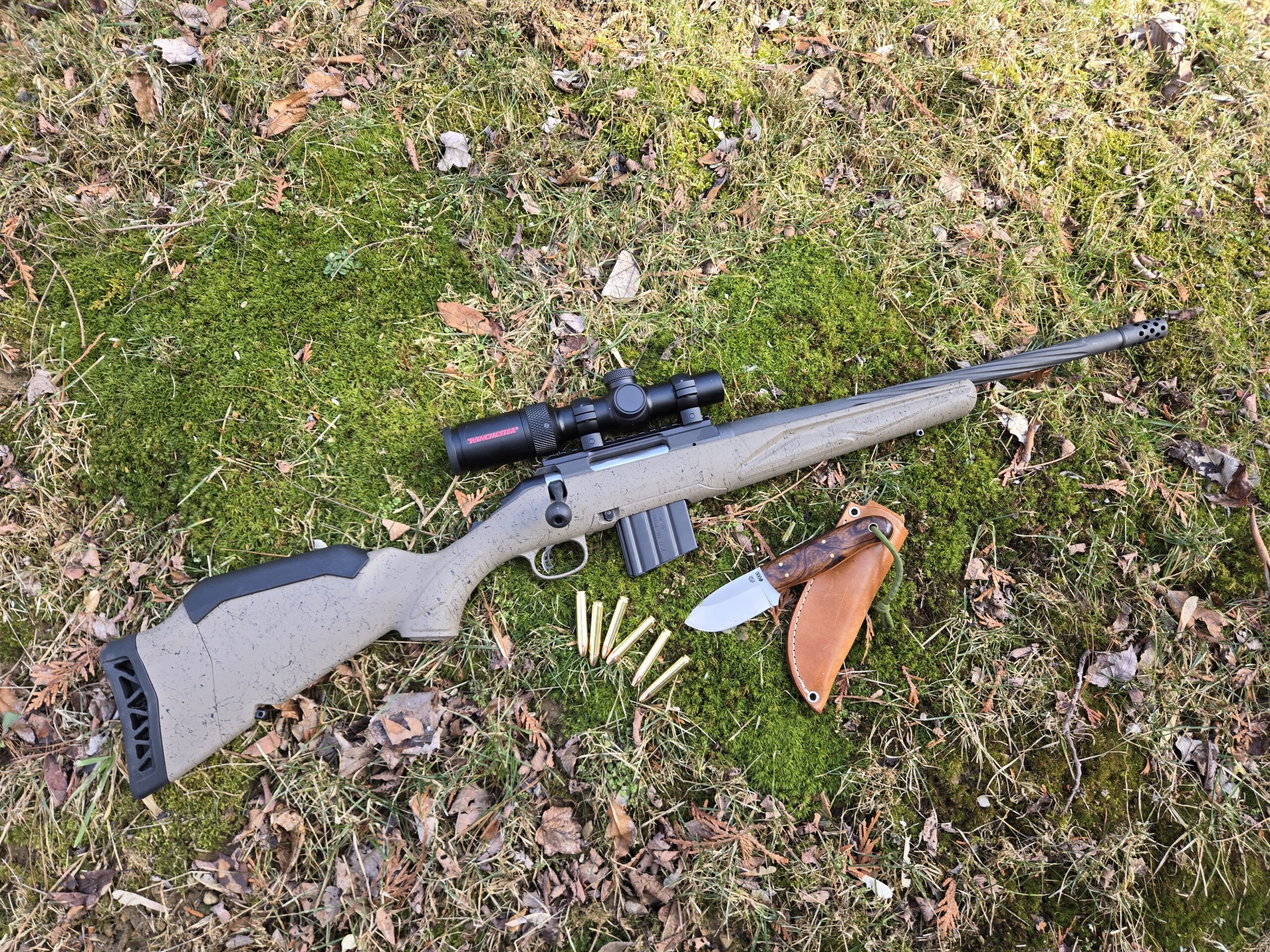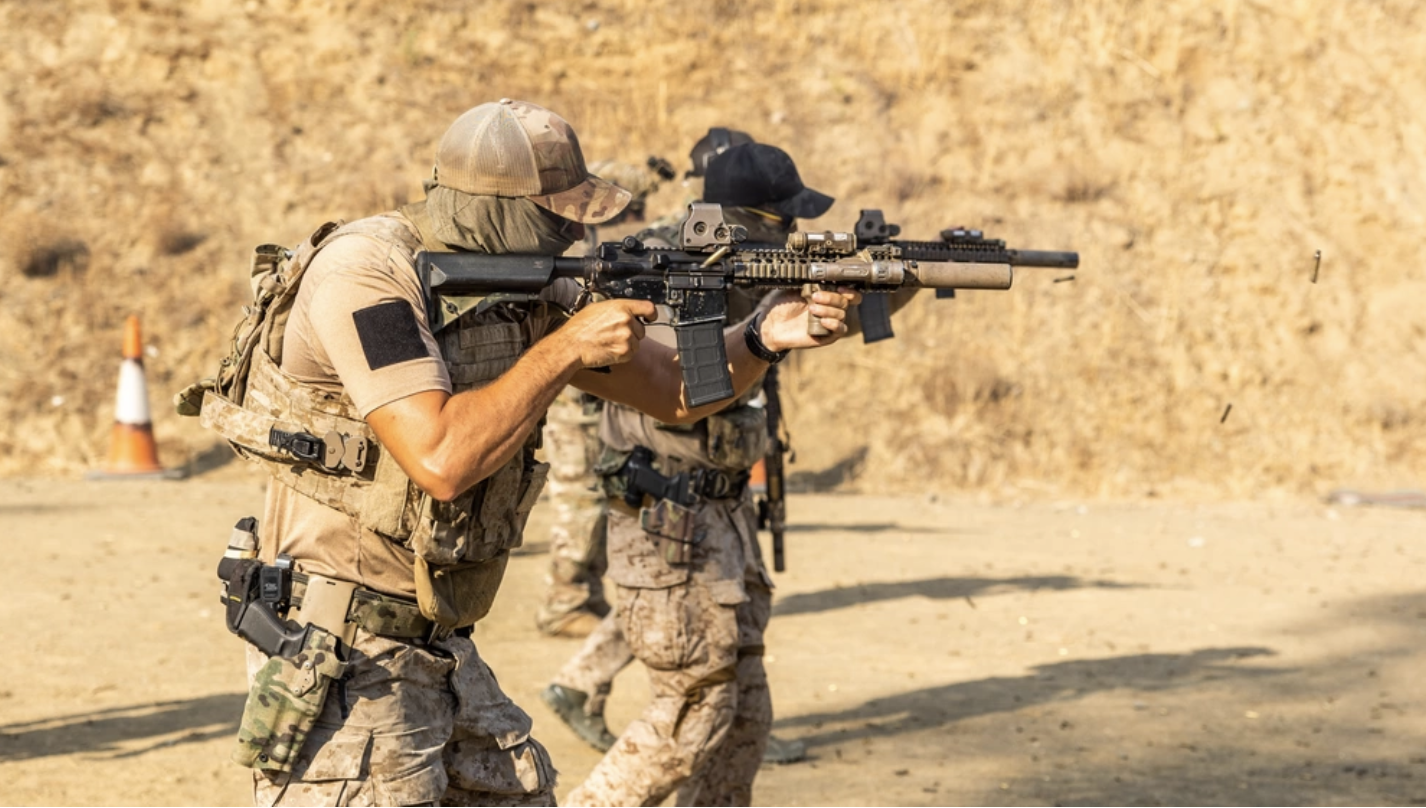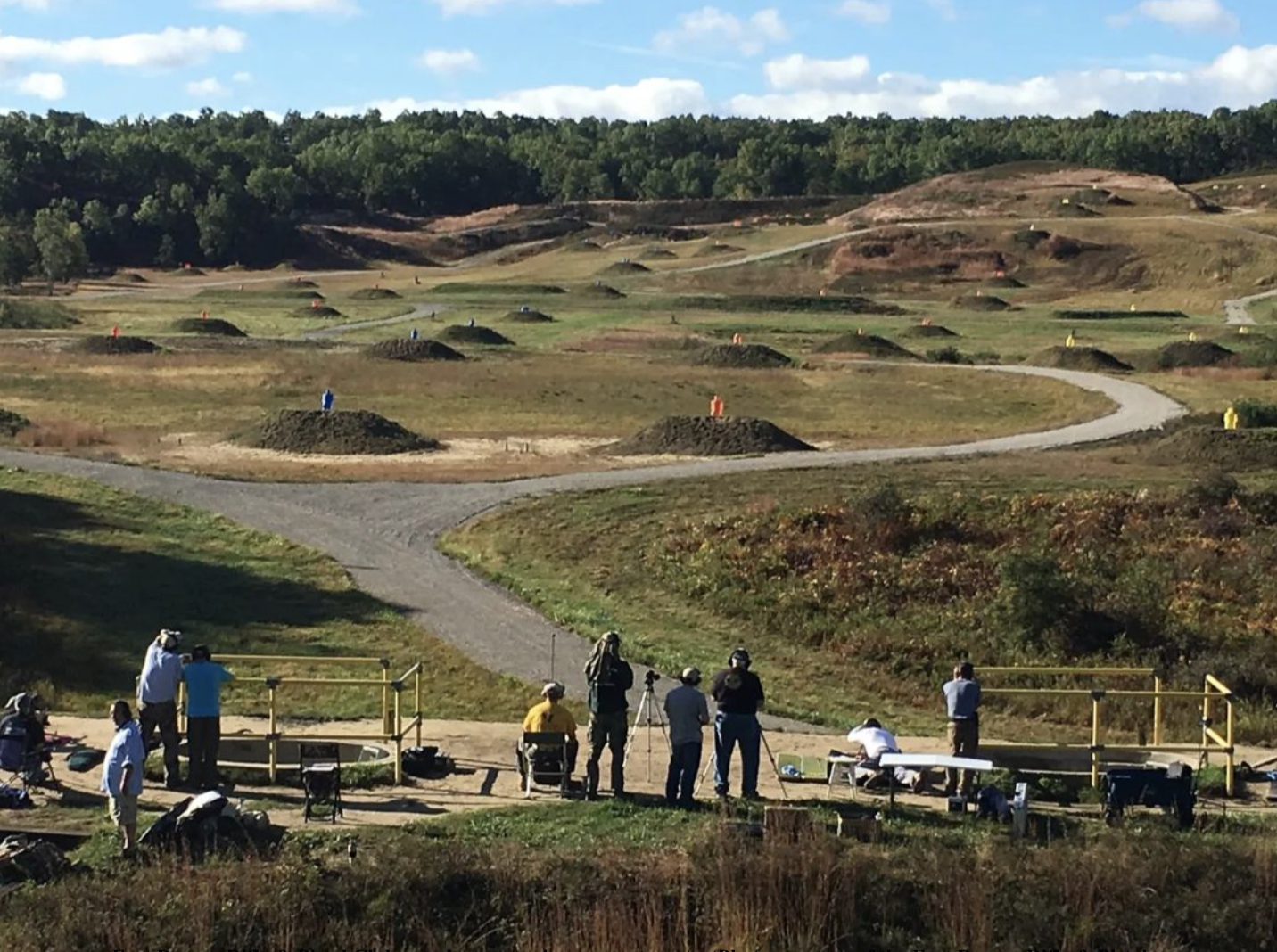By Chris Dumm
Elmer Keith, Phillip B. Sharpe, Colonel D. B. Wesson developed the .357 Magnum cartridge in 1934. The first of the ‘Magnum’ pistol cartridges, it was a big hit. Literally. While there’s still some debate over the cartridge’s ability to create hydrostatic shock, if you’re looking for a highly effective, commonly available handgun caliber for self-protection, .357 is a perfectly defensible choice.
Handgun hunters use the cartridge to take game up to the size of small deer. The .357’s handgun ballistics are impressive indeed, but how much more impressive does it get from an extra fourteen inches of barrel? Now what should we compare it to….
The .30-30 was once the standard North American big-game hunting cartridge. Since 1895 it may have killed more deer and elk (and cougars and coyotes…) than all other calibers combined. Hell, in Utah they use it to execute two-legged predators. It may be pretty weak sauce compared to more modern, high-velocity rounds, but it still gets the job done for most game at reasonable ranges.
In modern military terms it would be considered an ‘intermediate-caliber’ round, packing about the same punch as the 7.62×39. The .30-30’s biggest drawback: it’s a shorter-range cartridge, due to the flat-point bullets that must be used in a tubular magazine.
The Guns
Our .357 Magnum carbine: a new-production Marlin 1894C. It has an 18″ round barrel, weighs a little over six pounds, and holds 9+1 rounds.
Our .357 Magnum pistol: a 1980s Smith & Wesson Model 686 with a 4″ barrel. If you don’t own one, you should.
Our .30-30: an early-1990s Winchester Model 1894 ‘Trapper’ with a 16.5″ barrel. It weighs six pounds and holds 5+1 rounds.
The Ammunition
Through our .357s we fired the following loads:
- 125-grain SJHP handloads filled with 17.0 grains of Vitavhouri N-110, a slow-burning magnum pistol powder.
- 125-grain Remington SJHPs.
- 158-grain lead SWC handloads, filled with 5.7 grains of Unique. This load is equivalent to a .38 Special +P.
- 158-grain Sellier & Bellot SJFPs.
- 158-grain Magtech RNL .38 Specials.
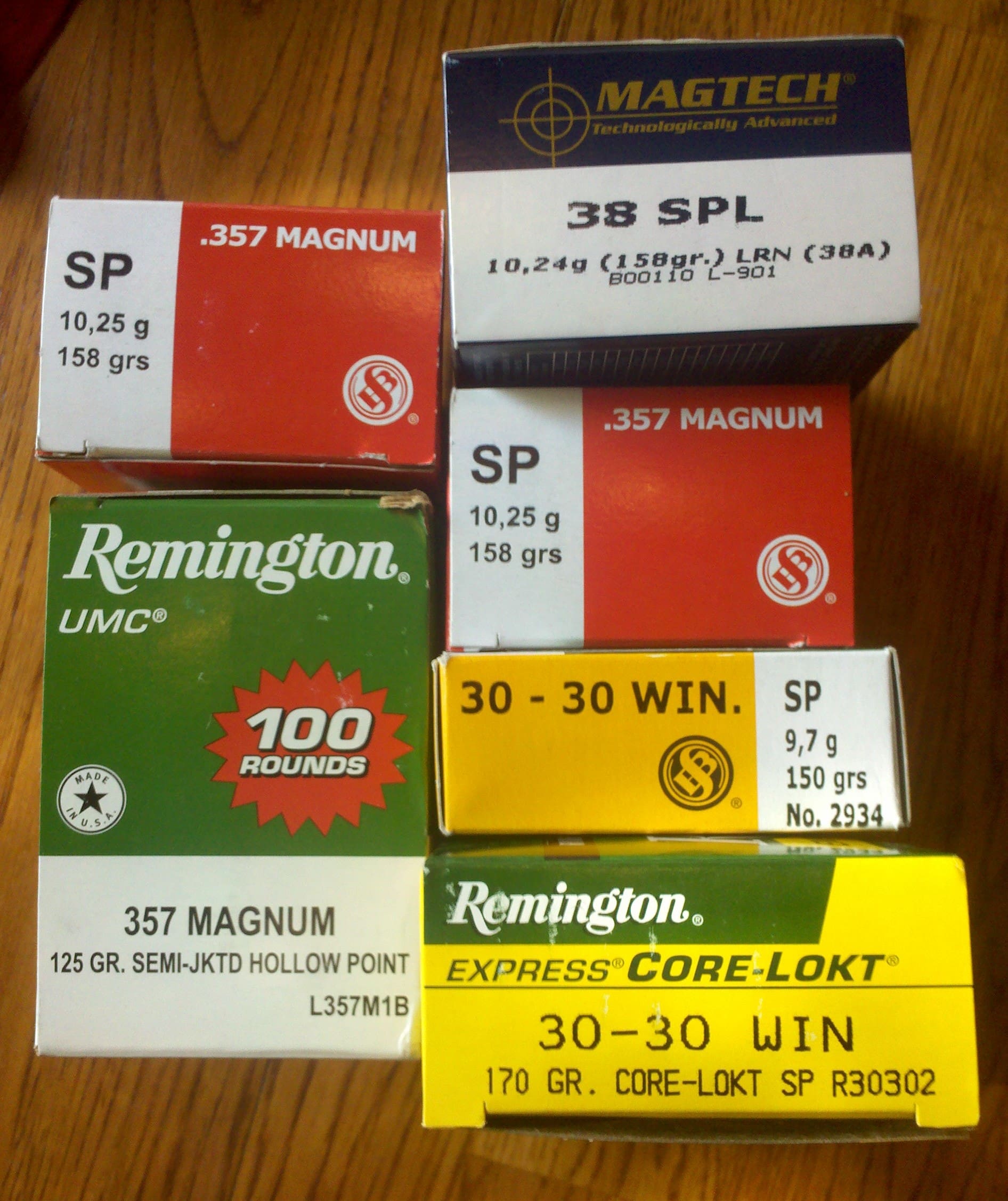
The .30-30 was fed the following:
- 150-grain Sellier & Bellot JSPs.
- 160-grain Hornady LeverEvolution polymer-tipped spitzers.
- 170-grain Remington JSPs.
The Data
It won’t be a surprise that an 18″ carbine delivers substantially higher velocities than a 4-inch revolver firing the same cartridge. How substantial?
- With 125-grain handloads, the revolver averaged an even 1300 feet per second and 469 pound-feet of energy, while the carbine delivered 1937 fps and 1041 lb-ft. That’s a 49 percent velocity increase and a 122 percent increase in energy from the same cartridge. Yowza.
- With Remington 125-grain JHPs, the revolver got 1442 fps and 537 lb-ft. The carbine got 2038 fps (!) and 1153 lb-ft, for a 41 percent velocity gain and 98 percent boost in energy.
- Shooting the 158-grain .38 Specials, the revolver clocked a leisurely 676 fps and 160 lb-ft. The carbine achieved 944 fps and 313 lb-ft, a 40 percent increase in velocity and a 96 percent increase in energy.
- The S&B 158-grain JSPs gave carbine numbers of 1451 fps and 739 lb-ft, but the chrono battery died before we could measure them from the revolver.
- My mild 158-grain lead SWC handloads produced 1176 fps and 485 lb-ft from the carbine, which was better than I’d expected since they only burn a small charge of Unique, a fast-burning pistol powder. I couldn’t measure their velocity from the revolver, because they’re so smoky and sooty that the flying particles gave false readings from the chronograph. An old Speer reloading handbook interpolates them at about 980 fps from a pistol, which would give the carbine about a 20 percent velocity gain and a 44 percent energy gain.
The Winchester Trapper, with its slightly shorter barrel, gave us the following numbers with .30-30 ammo:
- 150-grain S&B JSP: 2284 fps, 1737 lb-ft.
- 160-grain Hornady Leverevolution: 2132 fps, 1615 lb-ft.
- 170-grain Remington JSP: 1986 fps, 1489 lb-ft.
.357 Carbines Rock
With the loads we tested, the extra barrel length of the .357 carbine paid handsome dividends. With light loads, it boosted a truly anemic .38 Special cowboy load up to +P velocities, and it gave the .38 Special +P equivalent load a 20 percent velocity increase. Unique is a fast-burning powder; this light load was nearly consumed in the 4″ revolver barrel so there was only a modest gain from the carbine.
With higher-performance loads, the .357 carbine almost delivers real rifle ballistics. The 125-grain loads have not quite as much muzzle energy as NATO’s standard infantry rifle round, the 5.56x45mm. The 158-grain .357 JSP produces less energy, but it might be a better cartridge for medium-sized game at modest ranges because the bullet itself is less prone to fragmenting at these velocities.
One caveat: my .357 carbine is nicely accurate, but the point of impact varies greatly depending on the ammunition being fired. At 15 yards, hot .357 loads printed nearly 3″ higher than mild .357 and .38 loads, and also slightly to the right. If you’ll be doing your shooting at anything but short ranges, you should find a good load and stick with it.
The .30-30 Rules
Looking at published velocity numbers from much longer test barrels, we see that cutting a .30-30 barrel down to the legal-minimum 16.5″ doesn’t inflict a debilitating penalty to velocity or energy. The Remington website lists their 170-grain .30-30 at 2200 fps and 1827 lb-ft, and the shorty Trapper averaged a real-life 1986 fps and 1489 lb-ft: that’s less than a 10 percent velocity penalty and an 18 percent energy penalty. Within the practical range of the .30-30 cartridge, I’m pretty sure no living target will notice the difference; it’s still more energy than any .223 Remington.
Even the weakest .30-30 load we tested produced almost 30 percent more energy than the most impressive .357 Magnum, and even that so-called ‘weak’ 170-grain .30-30 bullet will retain much more of its energy much farther downrange than any flat-nosed .357 slug will. And that’s with standard ammo.
The 160-grain LeverEvolution will deliver the goods at ranges out to 300 yards, although it’ll cost you a buck a shot. Hornady claims that they make 2400 fps from a 24″ test barrel, and I was pleasantly surprised that the Trapper’s 16″ barrel (literally one-third shorter) only paid a small 11.25 percent velocity penalty.
The short-barreled .30-30 did not produce obnoxious muzzle blast or excessive recoil; in fact it exhibited no particular vices at all other than its sighting apparatus. The Williams rear aperture sight was clear and precise, but the tiny front post was a challenge to pick up and the redundant rear semi-buckhorn sight blocked another 50 percent of the target. It should have been drifted out and set aside when the Williams was installed, but it wasn’t.
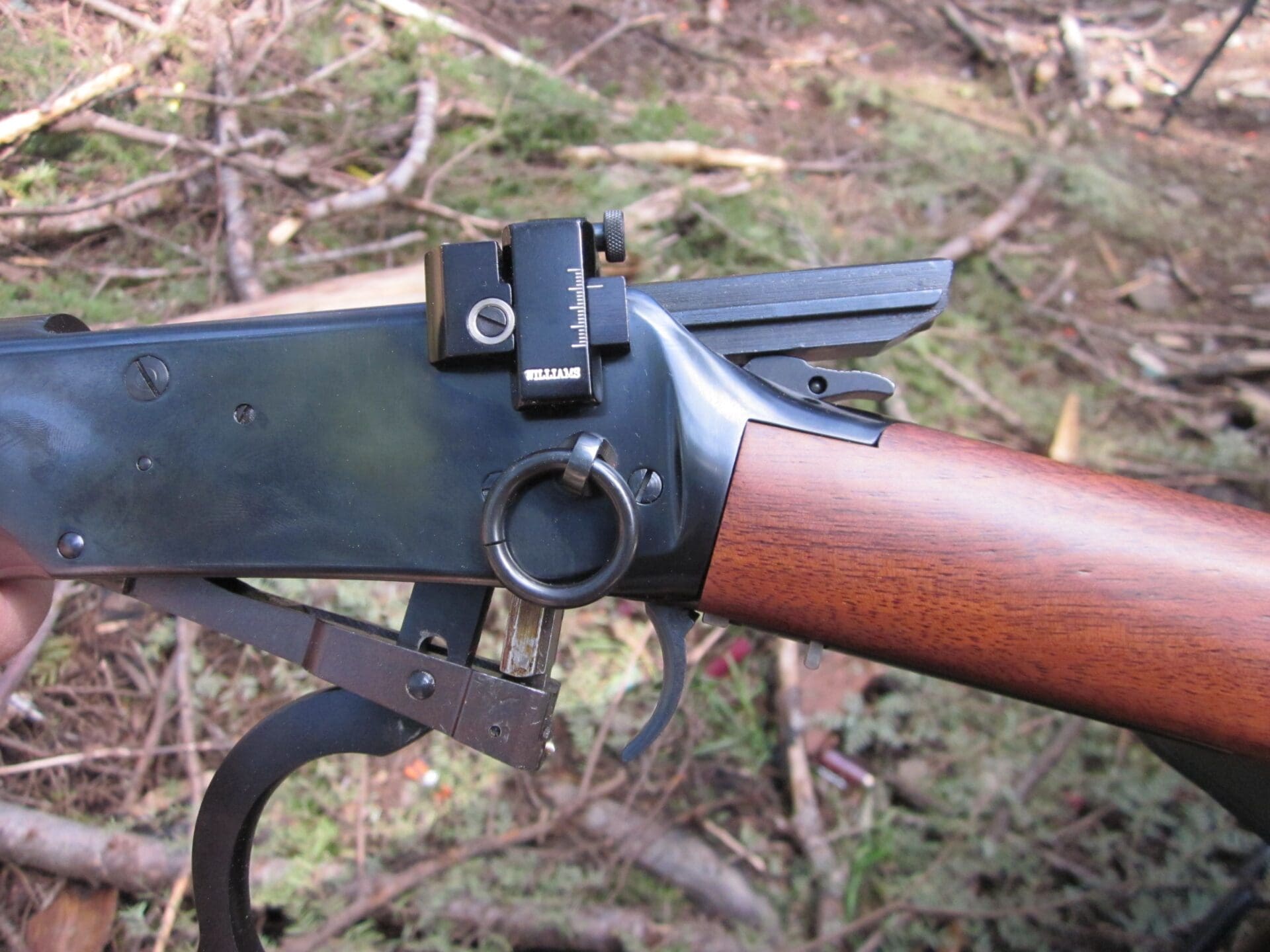
Hornady makes a .357 Magnum 140-grain Leverevolution that claims to get 1850 fps and 1064 lb-ft from an 18″ carbine. Buffalo Bore also claims that their “Heavy” .357 Magnum hard cast 158-grain loads will produce 2153 fps and 1626 lb-ft from an 18″ carbine. This would place it in the middle of the pack for .30-30 ballistics, at least within 100 yards, at a cost about equal to premium .30-30 ammo.
When and if I get some of these to test I’ll post the results, but for big game I’d still rather have a .30-30. For uses other than big-game hunting, .357 Magnum carbines have other benefits which have nothing to do with ballistics.
An 18″ .357 will hold 9+1 rounds, compared to the 6+1 of a .30-30 of the same length. Recoil is extremely mild even with the stoutest loads, so that the XS ghost ring sights never even leave the target. You just keep working the lever and blazing away until you run out of ammo (not likely) or until your tin can bounces away out of sight. You can’t ‘spray and pray’ as you might with a semi-auto, but these little guns are very quick.
Conclusions
The .357 Magnum round basically doubles its kinetic energy when it’s fired from a carbine, and it almost earns a promotion to the Big Leagues of rifle ballistics…but not quite. The result is substantially more powerful than a .30 Carbine, but even on paper it takes the most exotic The .357 loads to equal the most pedestrian .30-30 loadings. And the .30-30 still dramatically outperforms these exotic .357s at longer ranges.
If you plan to use your gun on bigger game or at ranges past 100 or 150 yards, the .30-30 is your clear choice. While the 16″ Trapper is very handy, consider an 18″ barrel which will give you an extra round of capacity and a small ballistic increase.
If your gun is likely to be used primarily for recreational shooting, hunting medium game within 100 yards, or defensive use, the .357 is superior. Its higher capacity and lower recoil are more suited to such applications where the extra power and penetration of the .30-30 would be wasted.
Useful links:
Chart of .357 ballistics
Chuck Hawks rifle ballistics table
Hornady LeverEvolution web page


